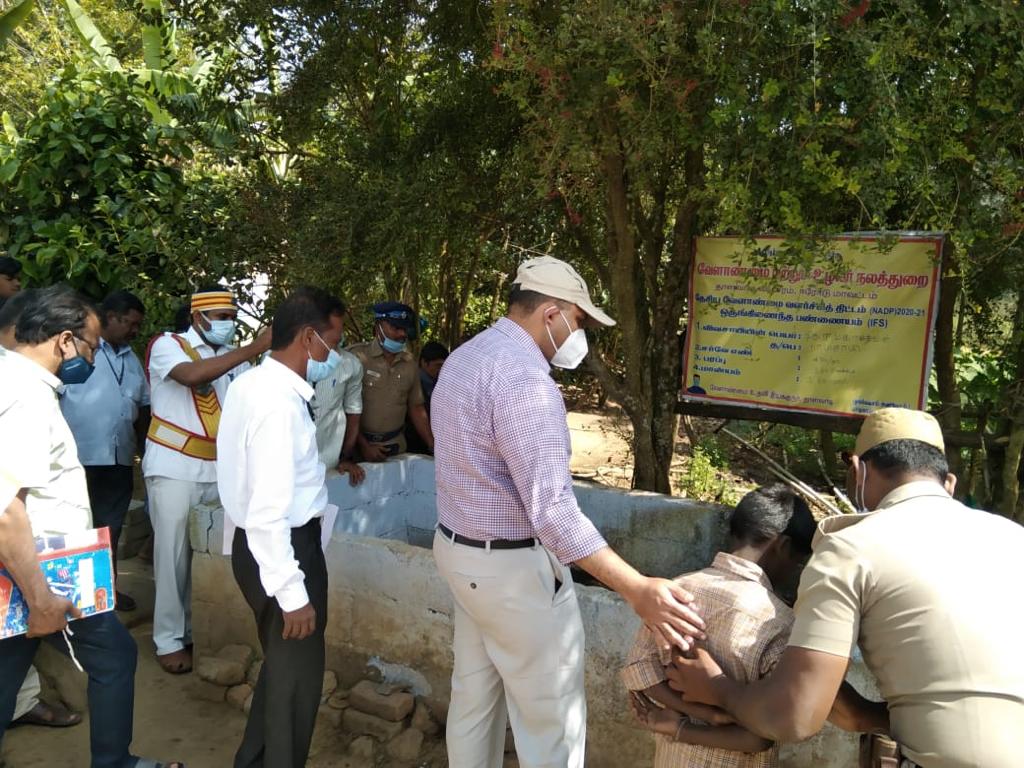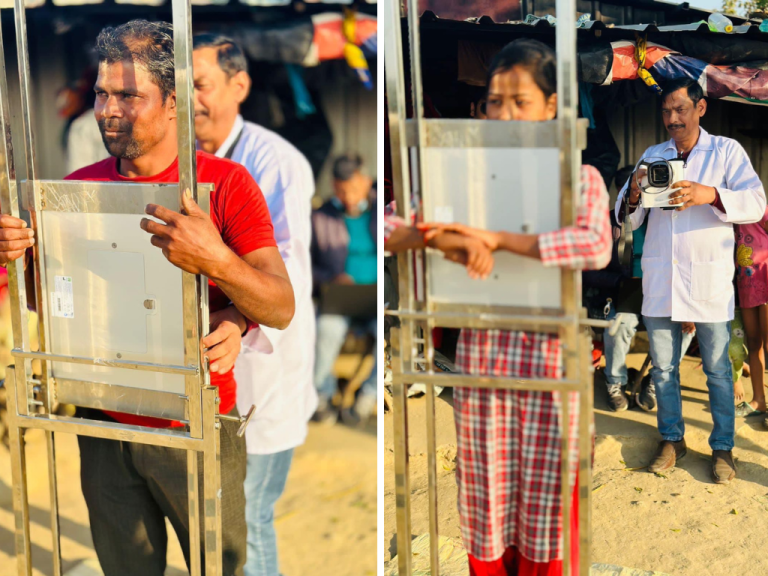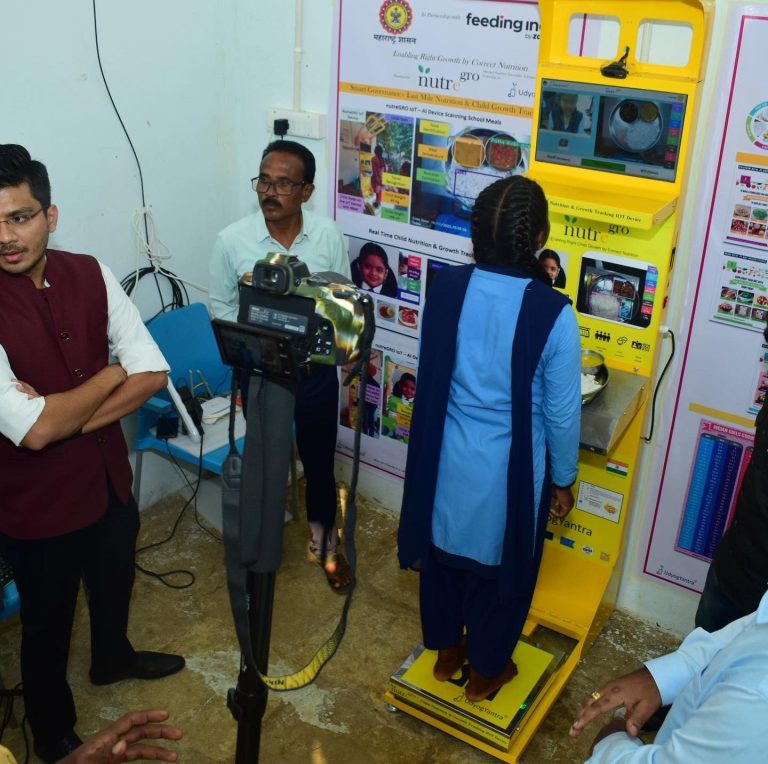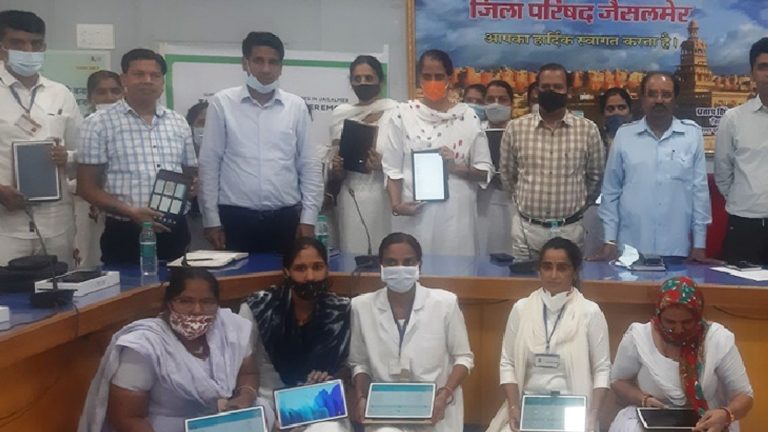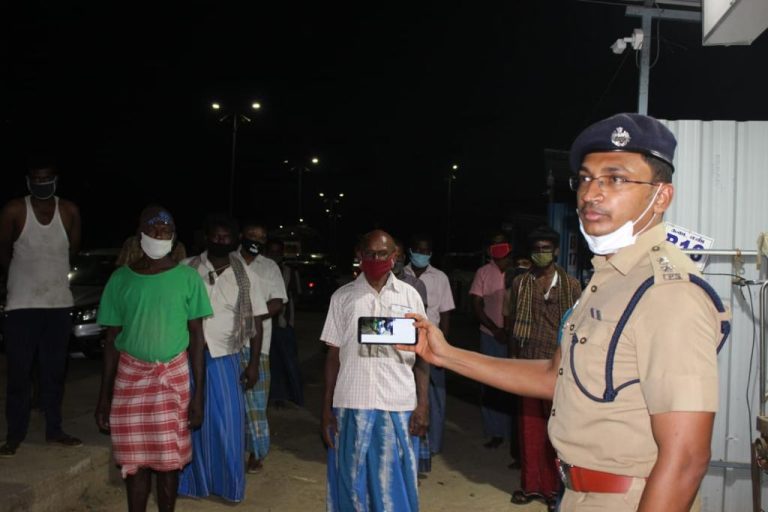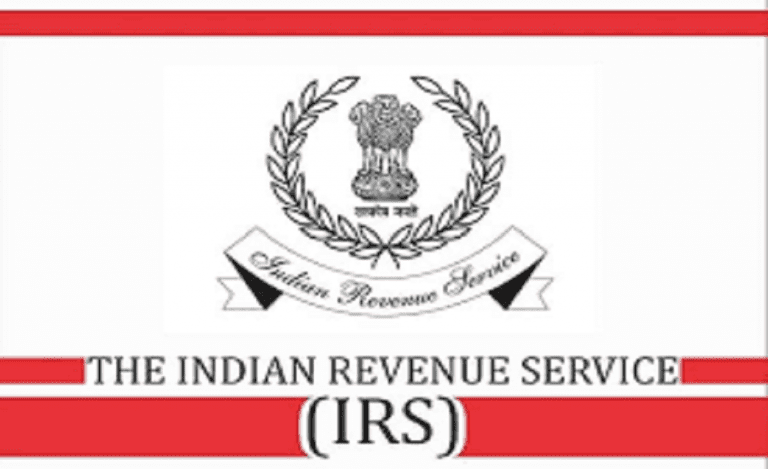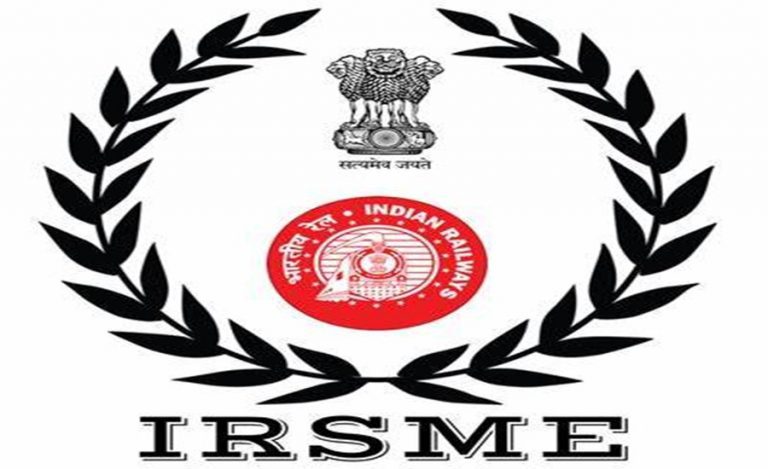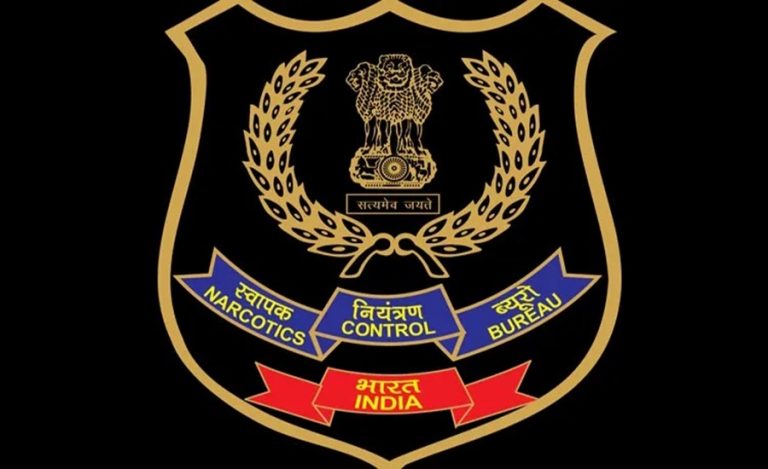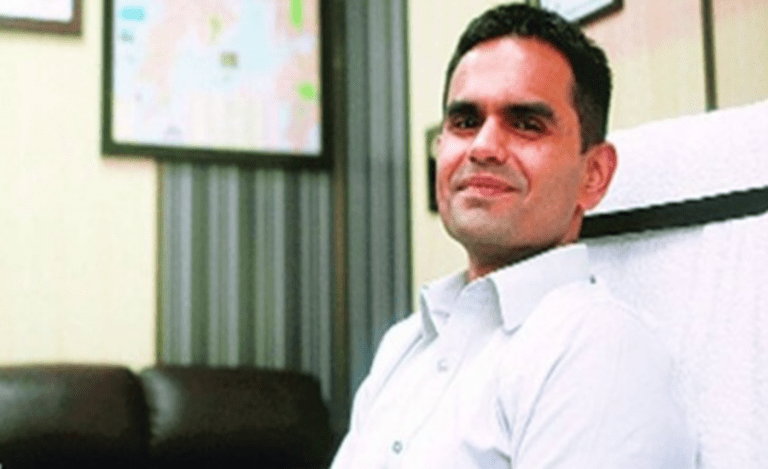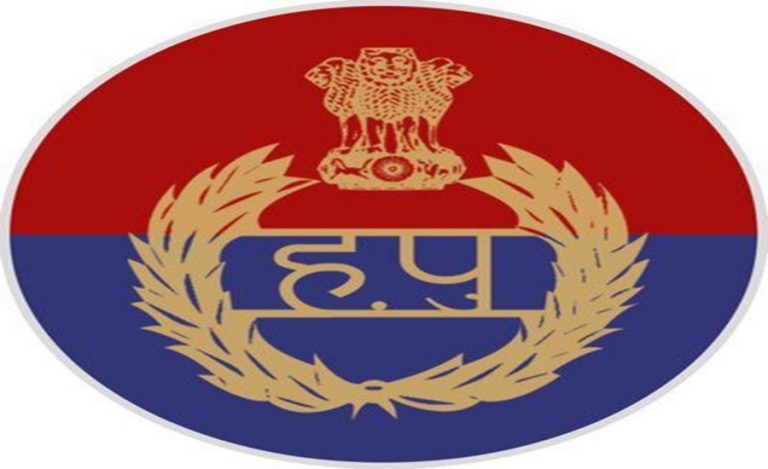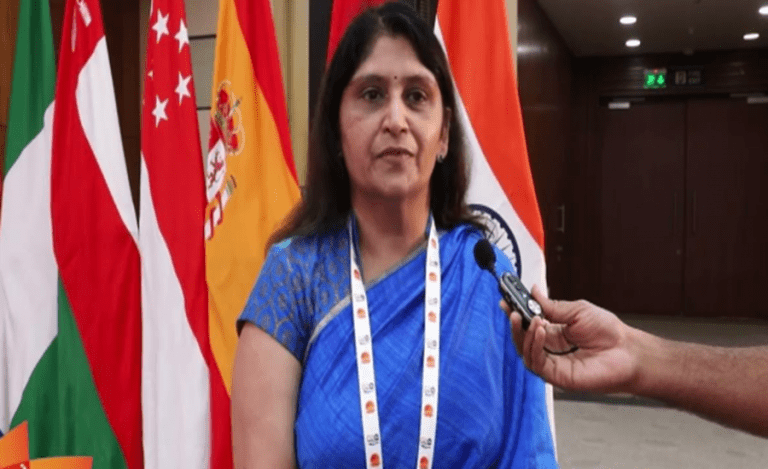The Erode district administration, under the guidance of Collector H Krishnanunni, has devised an application which is improving the livelihood of poor farmers.
Agriculture has been one of the main occupations of people living in this district of Tamil Nadu. An average farmer, especially living in tribal villages, earn a small or marginal living and half of them falls in the below poverty line category.
The app named NILAM (New Improved Livelihood through Agricultural Modernization and Management) is basically a comprehensive farmers welfare tracking system which objectively and continuously assess the outcome of various programmes for agricultural development.
A DIGITAL TRACKING APP
The district administration in association with the Young Indian Association and the college students of Perundurai Kongu Engineering college created this application. While speaking to Indian Masterminds, IAS officer H Krishnanunni said, “This digital app tries to capture all the information in respect to each farmer. We started this initiative with more than 3,000 farmers and the main aim was to track each farmer separately and check whether schemes are reaching them and if their expectation or needs from the government are being met.”
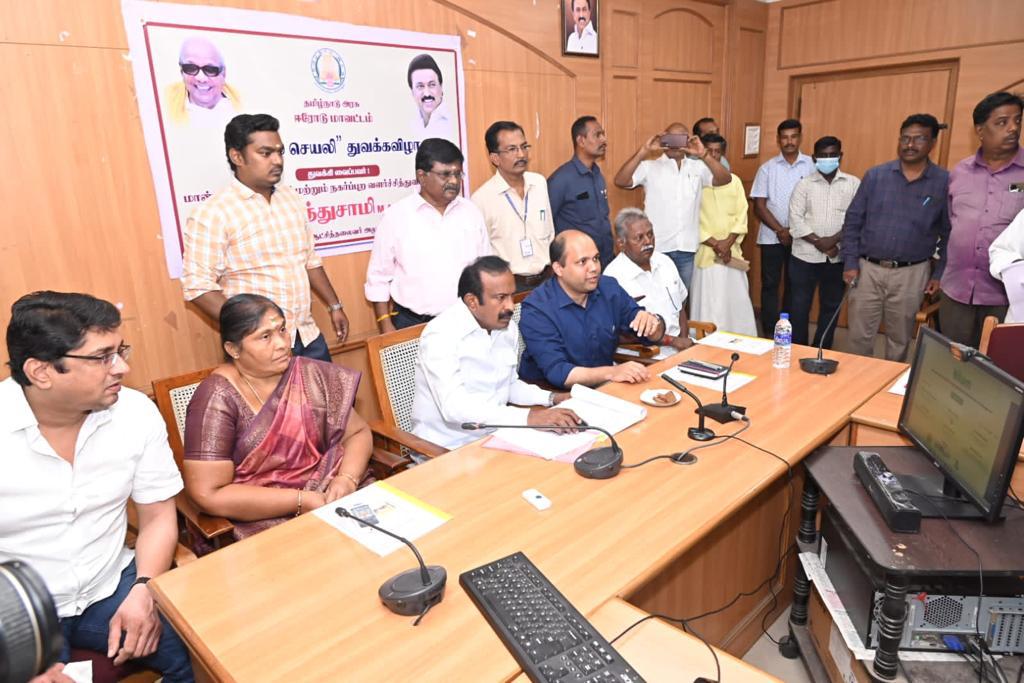
NILAM follows a bottom-up approach, wherein needs of individual farmer is assessed based on which, converged implementation of programmes is affected. Incremental changes are continuously recorded and utilized as feedback to modify the interventions to suit the changing needs of the farmer.
Mr. Krishnanunni said, “It is an end-to-end process where everything gets recorded, right from the point the scheme is taken to the farmer so that the system becomes transparent. Through this, if we make some inputs or make any market linkages for the farmer, everything gets captured in the database.”
IDENTIFYING VILLAGES
With the aim of improving the livelihood of poor farmers who are living in dry or backward tracts, the initiative followed a criteria to identify the right villages which needs to be benefited under this initiative. This included villages having more area under dry land cultivation, farmers with poor livelihood, villages having more fallow lands and other specific criteria like low productivity etc. Based on this, 21 revenue villages and seven hamlets were selected in the initial phase of the plan.
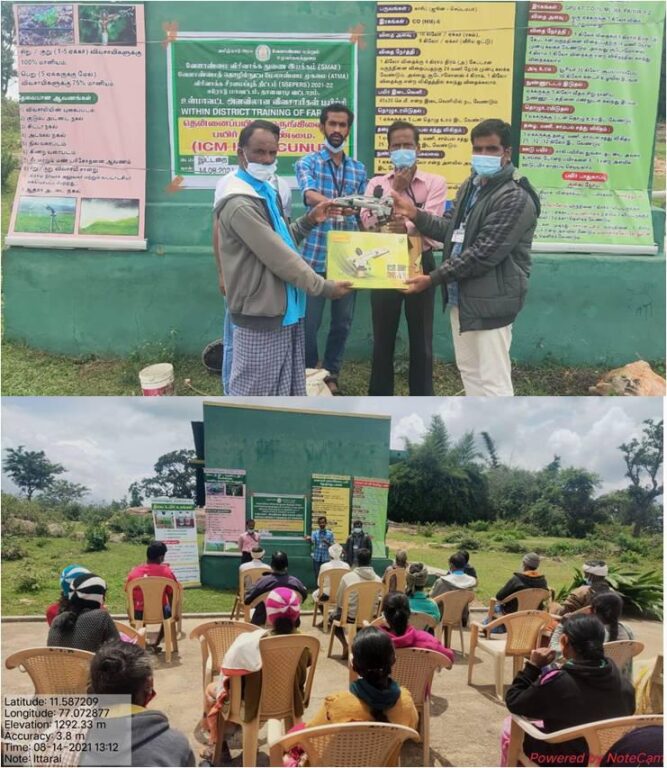
Intensive survey was made by the concerned officers of the selected village to collect the details of all farmers in the village. The officer informed that from the 28 selected villages, 3833 farmers have been identified and enumerated. Basic particulars such as extent of land owned/hired, availability of well/bore well, availability of EB connection, availability of micro irrigation system, availability of farm machineries, livestock etc. were collected for each farmer. All these details are documented and an inventory list of these farmers was prepared.
IMPLEMENTATION OF INTERVENTIONS
Based on the requirement of farmers under different categories, interventions are made. This includes arrangement of land ownership documents, creation of water source, creation of electricity supply, creation of micro irrigation facilities, supply of high yielding certified seeds of agricultural crops, market linkage for agriculture & horticulture crops, etc.
Upon this, village level registers are maintained by Assistant Agriculture Officers (AAO)/ Assistant Horticulture Officers (AHO). All the interventions made by the departments for each and every farmer is recorded in these registers. Based on the present income and increase in income at the end of the initiatives period, the measurable outcome is documented.

OUTCOME ASSESSMENT
Mr. Krishnanunni said, “The intention was to make it more of an outcome assessment rather than just the output assessment. Assessment of the outcome is essential to know the impact of the project as well as to make dynamic changes in the strategies for better outcome.”
Under the plan, micro irrigation systems have been installed for 257 farmers, whereas, creation of water source has been made for 18 farmers. Nineteen farmers were provided with electricity supply for agriculture purpose in these villages. As the result of various intervention made, 290 farmers have been shifted from their pre-intervention category to higher categories post the intervention.
All the 3833 farmers in the above villages were imparted with capacity building programme whereas, 2948 farmers were supplied with high yielding variety seeds for cultivation. 2795 eligible needy farmers were provided with credit facility in these villages and 3557 eligible farmers were enrolled under Chief Ministers’ Uzhavar Padhukaapu Thittam.
Market linkages have been also been created for 3785 farmers for doing better marketing of their produce.
Lastly talking about the future of the app, Mr. Krishnanunni said, “It has been planned to bring the ‘Kalaignarin All Villages Integrated Agricultural Development Programme’ villages under this NILAM plan in a phased manner for the better implementation and monitoring of this flagship scheme of the government. A mobile app by the name of NILAM will be brought into usage to ensure faster, efficient and transparent implementation of this initiative.”

